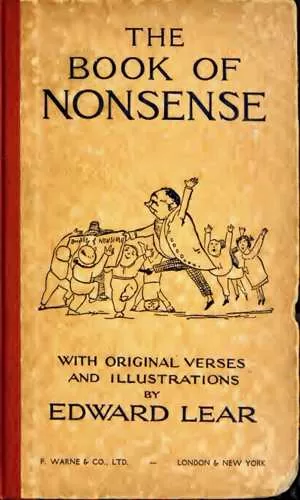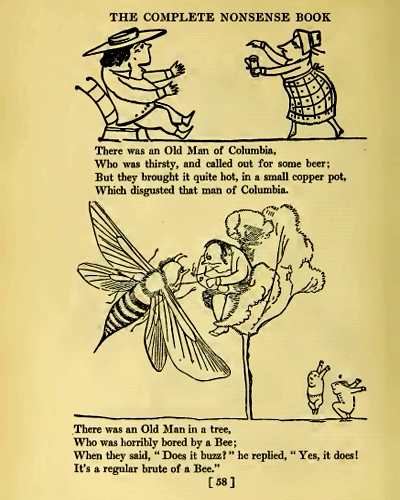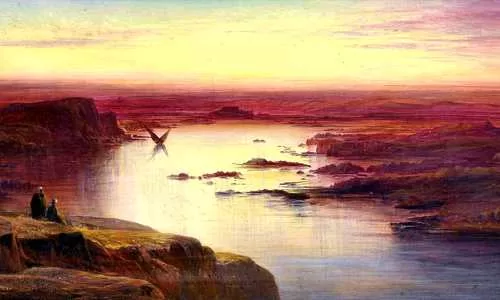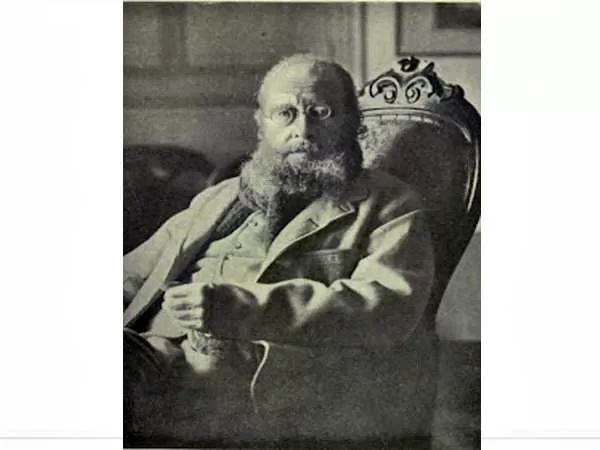Edward Lear is a name that resonates with whimsy and playful verse. Most people can recall the charming lines of his famous poem, The Owl and the Pussycat, which begins with, “The Owl and the Pussycat went to sea, in a beautiful pea-green boat.” While Lear is celebrated as a pioneer of nonsense poetry, his legacy extends far beyond his humorous verses and limericks.
A Poet of Nonsense and a Master of Limericks
Lear’s limericks and nonsense poems, like The Jumblies and The Pobble Who Has No Toes, are timeless classics. His limericks, although quaint by today’s standards, were revolutionary in their time. Lear popularized the form and delighted audiences with his playful language and innocent humor. His works were so well-received that even the famous art critic John Ruskin counted The Book of Nonsense among his favorite books.

The Artist Behind the Poet
While Lear’s whimsical poetry is what he’s most remembered for, his work as a serious artist is less well-known but equally remarkable. Born in 1812, Lear was the twentieth of twenty-one children. His early life was marked by poverty, and he was raised by an elder sister after his parents were unable to care for him. Despite these hardships, Lear displayed extraordinary artistic talent from a young age.
At just nineteen, Lear began illustrating birds with meticulous detail, a passion that would lead to his groundbreaking work, Illustrations of the Family of the Psittacidae, or Parrots. Published in 1832, this collection of hand-colored lithographs is still revered for its accuracy and beauty. Lear’s skill as an ornithological illustrator earned him widespread acclaim, with his works being compared to those of the legendary John James Audubon. In 2004, a rare copy of his Psittacidae sold for over £50,000, a testament to the enduring value of his art.
A Life Marked by Illness and Travel
Lear’s life was not without struggle. He suffered from epilepsy, which he referred to as his “demon,” and battled depression, bronchitis, and asthma throughout his life. These ailments made life in England difficult, so Lear frequently traveled to the Mediterranean, where the climate eased his symptoms.

His travels inspired much of his artistic work, leading to the creation of Journals of a Landscape Painter, which documented his journeys in Albania, Greece, Corsica, and Calabria. These journals, filled with beautifully detailed sketches and vivid descriptions, offer a glimpse into Lear’s profound connection with nature and his skill as a landscape artist.
A Complex and Prolific Figure
Lear’s artistic endeavors were not limited to landscapes and ornithological illustrations. Despite failing eyesight in his thirties, which forced him to abandon detailed biological work, Lear continued to paint. His landscapes, known for their vibrant colors and dramatic contrasts, were exhibited throughout his life. However, Lear often referred to these paintings as “tyrants,” as he sometimes had to produce them in bulk to make a living.

Lear was also a prolific writer, penning up to twenty letters a day and maintaining forty diaries throughout his life. His writings reveal a man of deep thought and wit, whose work ranged from poetry to travel journals. Though he never married, Lear proposed twice to the same woman, who declined both times, possibly due to their significant age difference.
Legacy and Honor
Lear’s life came to a quiet close in 1888 in San Remo, Italy, where he was buried. A century later, in 1988, Lear was honored with a memorial in Westminster Abbey’s Poets’ Corner, near his friend Alfred, Lord Tennyson. This recognition, along with a commemorative stamp set by the Royal Mail and an exhibition at The Royal Academy of Arts, solidified Lear’s place among the greats of Victorian literature and art.
In reflecting on his life, it’s clear that Edward Lear was more than just a writer of nonsense. He was a man of immense talent and complexity, whose works continue to captivate and inspire audiences more than a century after his death.

